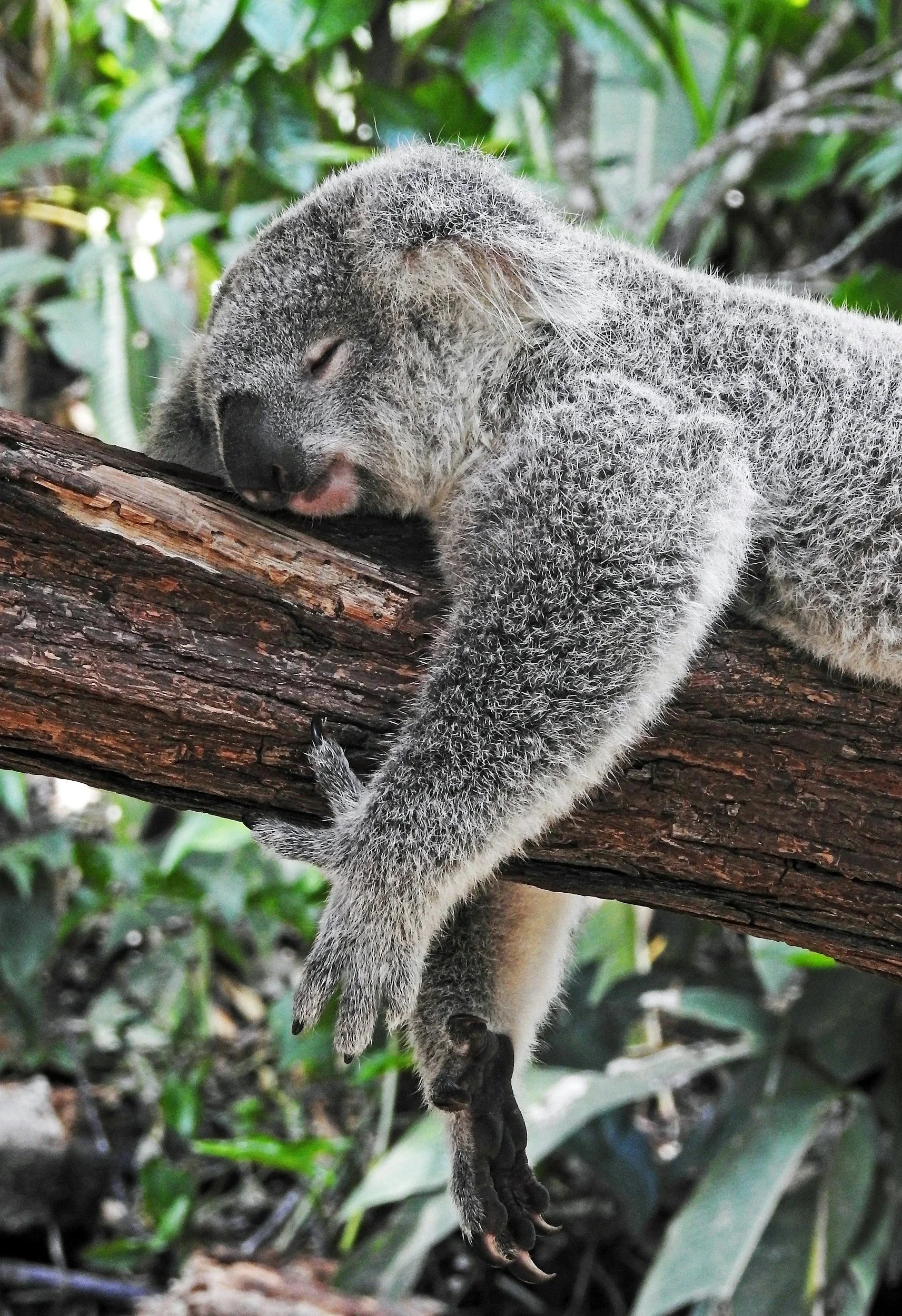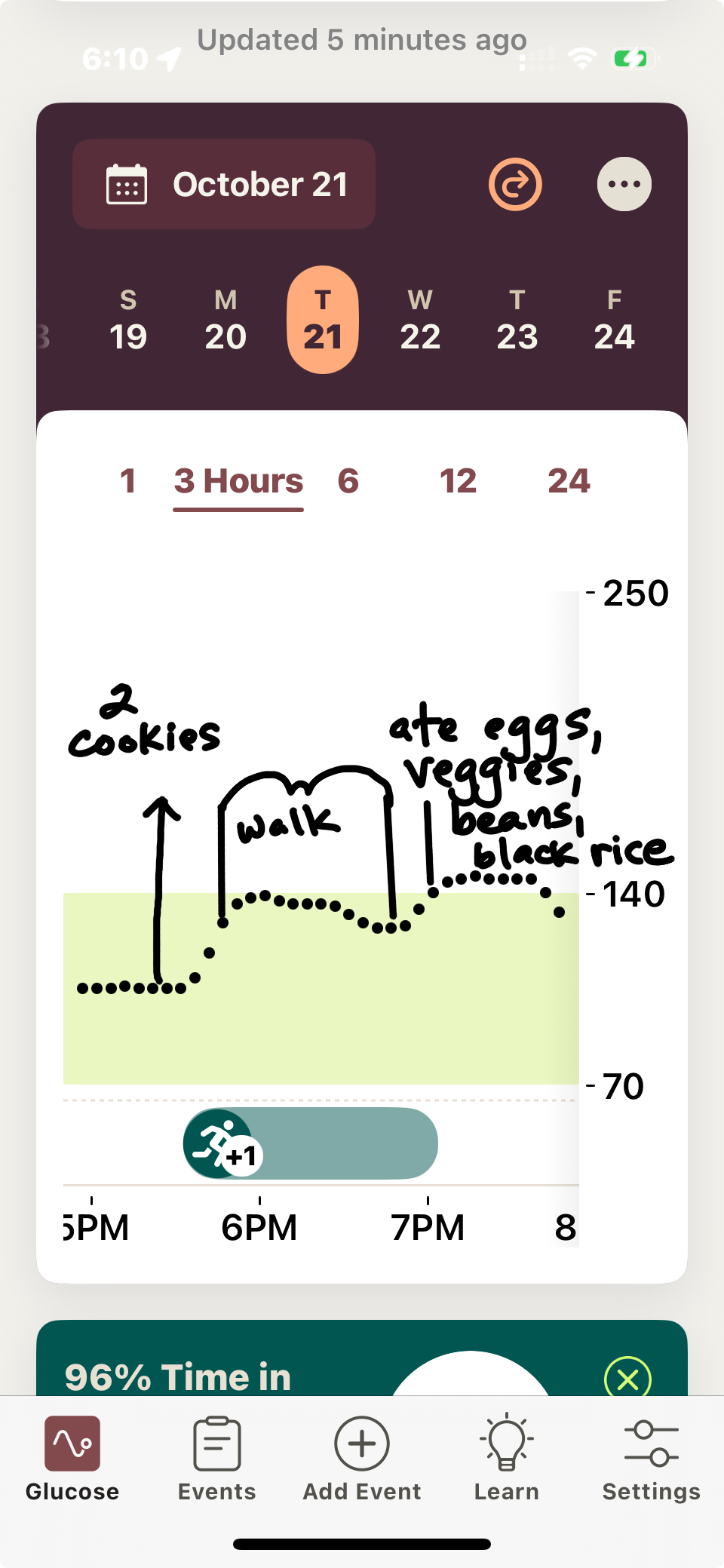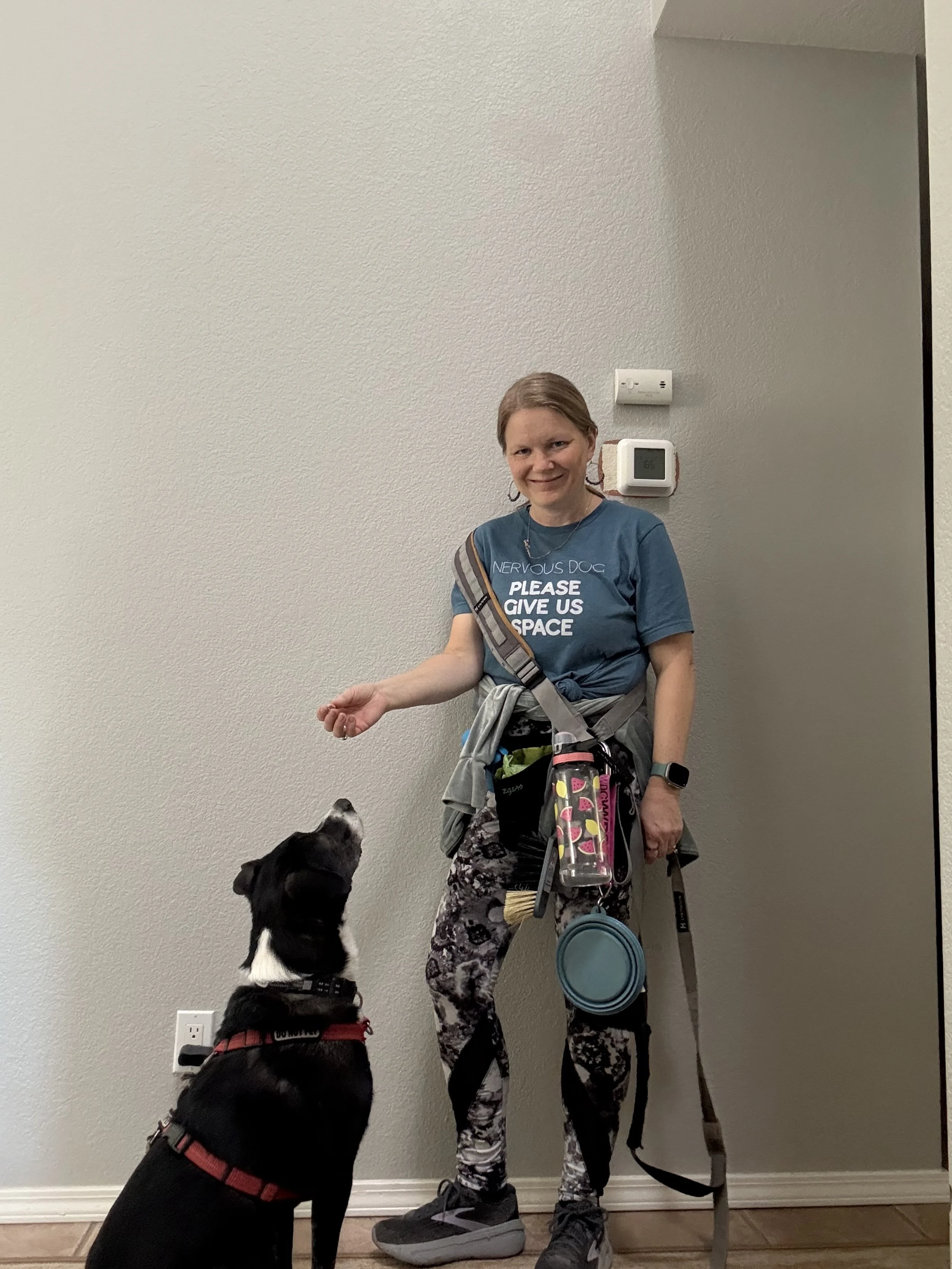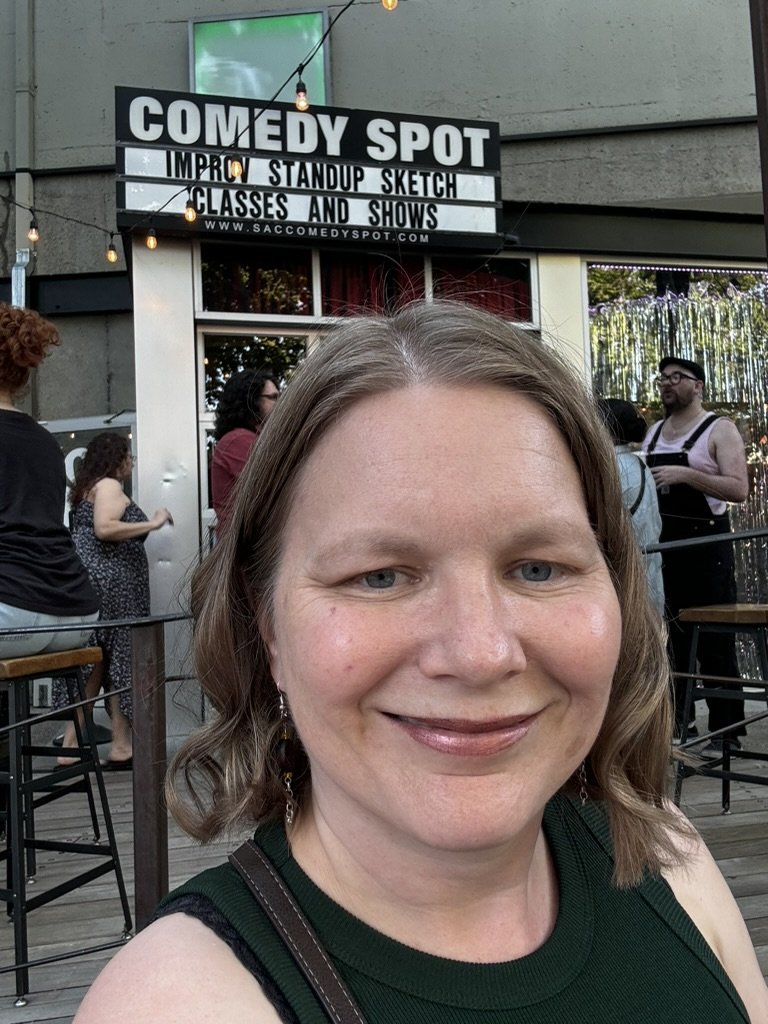It’s the week of the due date of your first baby. You’re done with work. What do you do with your time? Here are a few of my thoughts, from the perspective of a child development specialist and advanced transdisciplinary Infant family mental health practitioner.
From Overwhelmed to Asleep: A Real-Life Coregulation Win
Sometimes, the smallest moments—a deep breath, a hand on a forehead, a quiet pause—can create the biggest shifts. A mom I recently worked with had one of those moments, and with her permission, I want to share the story with you.
When we first met, this sweet boy spent the entire hour crying and screaming and whining, and sounding generally extremely overtired.
When the visit opened and I asked about wins, this sweet mom said that she didn’t think that it was going to work to breathe together, but that the other day when he was frustrated and tired, she took deep breaths and he fell asleep. As we were talking, we realized that he was showing some drowsy cues. It was getting a little bit late for a nap, but we figured that he could at least get in an hour without interrupting nighttime sleep. He was watching a show while we were talking. I asked what she would do if I wasn’t there, and she said that he gets really frustrated if she tries to put him down for a nap in the afternoons.
How to Introduce a Lovey to Help Your Child Sleep Better
A lovey—sometimes called a comfort object—is more than just a cute stuffed animal or soft blanket. It’s a bridge between your child’s need for comfort and their growing ability to self-soothe. When introduced thoughtfully, a lovey can help your baby or toddler feel calm, connected, and ready for sleep.
Here’s how to make that introduction with care and intention.
Why I’m Already Planning for The Next Time Change (and You Might Want To, Too)
Daylight Savings Time. Ugh, it is a struggle sometimes. I’ve been noticing that my body is struggling to sleep until my intended wake time. My Oura Ring has helped me figure out that my body does best when I sleep from 10:30 PM to 6:30 AM. Before the time change, I was often waking up between 5:30 and 6 AM and then doing a 30 minute hypnosis or two so that I could still get good rest (and heal my nervous system) until it was time to get up. But now that the clocks have changed, my body seems to think that I should wake between 4:30-5 AM because that’s the time it’s used to getting up. I’ve had parents telling me that their kids are waking earlier this week too! Oura put a post on their blog that I thought was super interesting about the impact of daylight savings time on sleep. I am taking what I learned and taking some proactive steps for the spring, and I thought I would pass them along.
It’s Safe to Go Slow: Jewelry as a Somatic Practice
My rings say “My needs matter” and “It’s safe to go slow”
I am a learner. And what that means to me is that I am always in the process of growing, making mistakes, learning from them, and growing some more.
One of the ways that I support myself in that is that I love to have jewelry that reminds me of what I’m working on. Lately I’ve been making rings. Right now I have a ring that says “My needs matter” and another one that says “It’s safe to go slow.” I have another one arriving today that says “Slow supported noticing” because that’s what I worked on with my somatics coach this week. I have bracelets that say “Water your hormones” and “That felt… Could you rephrase that?” to use in situations where someone offended me or hurt my feelings. I also have one that says the Serenity Prayer: “Give me the serenity to accept the things I cannot change, courage to change the things I can, and wisdom to know the difference.”
If you’re interested in trying my jewelry reminder strategy: Here are the rings I’ve been using. I’ve also made some of these bracelets. I find that the rings are harder for my eyes to see as I get older, but even just looking at them reminds me of what they say. Also I try to look carefully at the font choices so that I can see what might be more legible. I find the bracelets easier to read but harder to deal with them being around my wrist while I’m typing. You can fit more on a bracelet, and I've used ChatGPT to try to find phrasing that resonates with the smallest amount of characters. In order to start making rings, first I bought myself one of these ring sizers. Let me know if you decide to try it!
Related Content
My name isn’t Laura: what mistakes can teach us
Explaining Scary Things Like Mr. Rogers: A Halloween Reflection
If you’ve been following me for a while, you know that we have adopted a rescue dog, Charlie, who often has had anxious behaviors. For a long time now, I’ve been wanting to write a blog post about what one of our dog trainers called “the Mr. Rogers hack.” She suggested that we talk to Charlie about scary things by using simple language to talk honestly about what is happening, imitating the style of Mr. Rogers.
It seems particularly appropriate to write this post on Halloween, because one example of this hack is that in 1975, Mr. Rogers invited Margaret Hamilton (who played the Wicked Witch of the West in the Wizard of Oz) to his show so that she could show children her costume.
As I was thinking about the Mr. Rogers hack and about Halloween, I asked Google: explain scary things in the style of Mr. Rogers. I found the answer helpful:
————
To explain scary things in the style of Mr. Rogers, the approach involves gentle honesty, affirmation of feelings, and focusing on helpfulness and safety. He understood that children's fantasies could be far worse than reality, so his goal was to provide clear, simple, and reassuring explanations to prevent confusion and fear.
Here is how he would likely explain three common fears:
How about a walk after dinner?
I feel like this is one of the first times that I could actually see the results of exercise on my glucose IN REAL TIME. The Glucose Goddess says that saying we don’t have to pay attention to our glucose because we don’t have diabetes is like saying we don’t have to brush our teeth because we don’t have cavities.
Well, for me the cookies at Harris Ranch Resort are like cryptonite. They load my body with glucose but taste SO GOOD. We got to the hotel just before 4 pm yesterday, and I ate 2 of them. Then I figured that I would put the glucose hacks to the test.
I went for a walk to see if I could reduce the spike. My glucose was going up but only slightly. The dots stayed close together. Then my phone got down to 1% battery and I stopped to charge. My blood sugar started to go up at a faster pace with the dots getting farther apart. Then when I had a bit of charge to listen to my podcast, I resumed walking. My blood sugar went back down. I stopped walking and it did a bit of a rebound.
I am fascinated and inspired. I mean, it seemed to make a significant difference. Two cookies is clearly going to cause some kind of a roller coaster, but walking is easy and enjoyable and it clearly made a difference.
I’m planning to do the experiment again in a few days when we stay here again on the way home, but with a fully charged phone and just walk for an hour or so straight after eating the cookie(s) to see what happens. Check out the screenshot from my Stelo glucose monitor.
Update: I did the experiment again, walking for an hour without stopping after eating the cookies.
After eating the cookies, I walked for an hour and 5 minutes for a total of 2.12 miles. Here is the chart from my glucose monitor (with my notes):
What I notice is that after I ate the cookies, my blood sugar started to spike (the dots were farther apart). When I started walking, my blood sugar went up much more slowly (the dots were closer together). I walked for an hour and 5 minutes. That was long enough for my blood sugar to actually start going down. When I stopped walking, it started to go up again but more slowly this time. Then I ate a healthy dinner with eggs, veggies, beans, and black rice. Not sure what my blood sugar would have done if I hadn’t had dinner then, but the dots seemed to get closer together (maybe because of the fiber and protein?).
Related Content
Why What You Eat Could Be Waking You Up at Night (the impact of glucose on sleep)
And the award goes to...: Why We Deserve the (Dog) Parents of the Year Award (and You Might Too)
These last few weeks have been tough. I’ve gotten TOO MUCH ADVICE from people who meant well, but my body interpreted it as criticism and shame. It’s been impacting my mental health and my sleep. And then my neighbors had a party and I sat on the porch swing and cried because having company over has been too much for Charlie and I so LONG to have friends and family members over.
And I know that when I get anxious, Charlie gets MORE anxious. When I cry, he hides behind the couch. Ouch. This is only making things worse.
So what have I done since then?
I have watched my nutrition, focusing on eating more whole foods and less processed foods.
I have protected my sleep schedule, using a lot of HeadSpace sleepcasts, letting my body know that I will do my best to listen to my body during the daytime and using sleep casts to at least get some deep rest during the night. I know that they don’t work for everyone, but for me the Indigo Gallery on HeadSpace at least helps me to relax deeply and usually at least sleep for a little bit.
I have joined Therapy in a Nutshell monthly membership, and I am working on ways to bring myself back to the present moment when I feel overwhelmed.
I’ve been doing a hypnosis in Joseph Clough’s “Hypnosis” app called “go easy on yourself.”
I scheduled time with my somatics coach, Stasia Savasuk. She helped me to start to be able to express myself and to hear my voice, to express my boundaries, and to see the gratitude for what’s actually working. I am hoping that by eating less processed foods, I will have money for more coaching with Stasia, and I know that that usually helps me considerably.
And then as I’ve been processing all of this, something interesting happened:
The Parenting Secret: Why “Gossiping” Can Transform Your Child’s Behavior
I was reminded this week of a strategy that I haven’t used much, but I am going to focus on this week with Charlie. It’s a strategy that can be used to celebrate your child’s accomplishments, or to point out the impact of their inappropriate behavior. I like to say that where we put our focus is what we get more of. So one of the best strategies to reduce a behavior is to be really aware of what behavior we want instead and then be sure to acknowledge all the little tiny baby steps along the way to that behavior.
The strategy I’m focusing on this week is called “gossiping” (from Dr. Harvey Karp in his books Happiest Toddler on the Block and The Happiest Baby Guide to Sleep. You can watch a video about it here.)
Sleep Smarter: Boost Your Body’s Melatonin Without Supplements
Melatonin is a hormone that helps us to fall asleep faster, and has many health benefits.
Whenever possible, we want to support our bodies to make melatonin rather than taking it in the form of a supplement. Because melatonin is a hormone, children should not take it without a doctor’s approval.
It is not suggested for children to take a melatonin supplement for long-term use, but (if it works for your child) it can be helpful to use it for the first 2-3 nights of sleep training to help your child to fall asleep a bit easier. (Ask for details on that if it would be helpful for you).
Learn how to naturally support your body’s melatonin production for better sleep. From daylight exposure to melatonin-rich foods and evening routines, discover safe strategies for adults and children to fall asleep faster and improve sleep quality.
BOWEM Routine: A Simple Acronym for Morning Energy, Stress Relief, and Lasting Wellness
I’ve been working on improving my routines (as always) and this is an acronym that I created along the way. I encourage you to try a BOWEM break as soon as you can once you wake up and also a few times a day to help your body to recover from the stressors of the day. Here’s what it stands for:
Breathing (right now “box breathing” is working well for me, but you can experiment)
Outside
With Water
Eat a high fiber, high protein snack or meal
Then Move your body (something like a walk or a short mobility challenge or squats or something simple)
What’s the goal of the BOWEM routine? To improve (increase) our heart rate variability, tell our cells what time it is, lubricate our joints and keep our blood sugar steady. And this is not written in stone, so adapt it to fit your life. For example, this morning when I woke up, I opened the window and sat in front of the window to do my breathing and drink my water. I had half a protein bar. (Is it processed? I would say yes. But I picked one with no added seed oils and no added sugars, and I’ll follow it up with beans and protein after the dog walk.) I did my mobility workout and then got on the elliptical. For me, Charlie does not like the elliptical so I have to do it while he is still in his crate. If I go outside too early, I lose my chance to get on the elliptical. Charlie and I went outside together as soon as I was ready to get him up. So it’s not perfect, because life isn’t perfect. But it’s a good acronym to aim for a BOWEM break whenever you can to help your body to function at its best. Now, it’s time for my beans and protein and vegetables.
Related Content
Read this article in Spanish - Leer este artículo en español
Tense, Release, Repeat: A Playful Guide to Kids’ Relaxation
Why What You Eat Could Be Waking You Up at Night
Tired and stressed? These simple habits will change your life
The Deals We Established... Sometimes They Gotta Change: Helping Kids Transition Through Routines
I think a lot about the deals we establish with our littles—babies and even dogs! They often find comfort and safety in familiar routines, which is crucial for their development. After all, we need to feel safe in order to learn.
But as they grow, sometimes we need to change the deal.
Take sleep, for example. When babies are new to the world, we often feed them to sleep. That’s developmentally appropriate and totally fine. But as they grow older, they may begin to rely on sucking (bottle, breast, pacifier, etc.) as the only way to fall asleep.
At that point, we may want to shift away from that habit. And here’s the key: anytime we want to decrease a behavior, we need to increase another one to take its place. Babies need to learn other soothing strategies that don’t involve sucking.
This means changing the deal. And that’s OK.
Celebrating Joy and Connection: A Heartwarming Father-Son Moment to Make You Smile
My words this year are celebration, self compassion, and guts. And this week in particular I’m working on savoring the celebrations. That has just brought to mind a lot of fun stuff. One of them is this video of a father and son watching TV together and talking about what they see. This video just makes me smile. It’s a celebration of fathers. It’s a celebration of parents. It’s amazing communication. And it just brings a smile to my face every time I watch it. I hope it does that for you, too. Go check it out for a good smile.
Related Content
For another opportunity to smile, check out my Valentine’s Day treat! Even when it isn’t Valentine’s Day, this makes my heart happy!
Songs for joy and growth mindset
Today I just wanted to share some of my favorite songs for joy and growth mindset, just for fun!
Move In the Right Direction by Gossip
What If It All Goes Right by Amy Scruggs
What I Am by Will.I.Am (with Sesame Street)
Don’t Give Up by Bruno Mars (with Sesame Street)
Dancing Is Easy by Jason Derulo with Sesame Street
Try Everything by Shakira from Zootopia
Check out music by Mama Nous on her website or Mama Nous on YouTube and Fyutch & Aura V.
Also, David Kisor has a lot of great social emotional songs that I use again and again.
Also, check out these playlists on Apple Music:
Coregulation: low and slow, positive music that calms me and my dog, Charlie
Self compassion music (explicit version)
Self compassion music (toddler safer). Keep in mind that different parents have different expectations and values around what is toddler safe. If there’s a song that offends you, skip it. But the goal is self compassion!
Hoy quiero compartir algunas de mis canciones favoritas para gozar y para la mentalidad de crecimiento, solamente para divertirnos:
Mi Pequeño Tesoro por Presuntos Implicados (para padres y madres)
Noto que mi lista en español está corta. ¿Qué canciones sabe usted que ayudan con la mentalidad de crecimiento?
Related Content
Tense, Release, Repeat: A Playful Guide to Kids’ Relaxation
Progressive muscle relaxation isn’t just for adults—it can be a playful and powerful way to help kids manage stress, too. By turning relaxation into games—like blowing bubbles with slow breaths, dancing like stiff robots and floppy noodles, or squeezing toes in the mud—we can teach children how to notice the difference between tension and calm. The best part? When parents join in, kids don’t just learn the skill—they feel the calm spread through the whole family.
Teamwork, Not Turf Wars: Understanding Gatekeeping in Parenting
Transitioning from silly to sleepy
One of my "Why's": The Piña Colada song
When I think about songs that remind me of why I do what I do, one of the top songs that comes to mind is “Escape (The Piña Colada Song)” by Rupert Holmes. It’s an oldie but a goodie. :)
If you haven’t heard it in a while, click on the link above and give it a listen. Then come back and check out why this song is so important to me. And I bet that you’ll be singing along as you read, just like I am doing as I write!
My Name Isn’t Laura: What Mistakes Can Teach Us
A couple of days ago, I created a “Welcome to Little Elf Family Services” video. I thought it turned out decently well, and I posted it. I watched part of the captions and changed the spelling of “mountain cur” but only realized after I had posted the automated captions that they misspelled my name.
My name is Lara. It isn’t Laura. It’s like the state in Venezuela, like Superman’s mother, like Lara Croft, or Lara in the movie Dr. Zhivago (which is where it really comes from, although I honestly don’t know the story all that well).
So that got me thinking about mistakes. Mistakes are hard. They are challenging. And the way that we handle them matters.

























